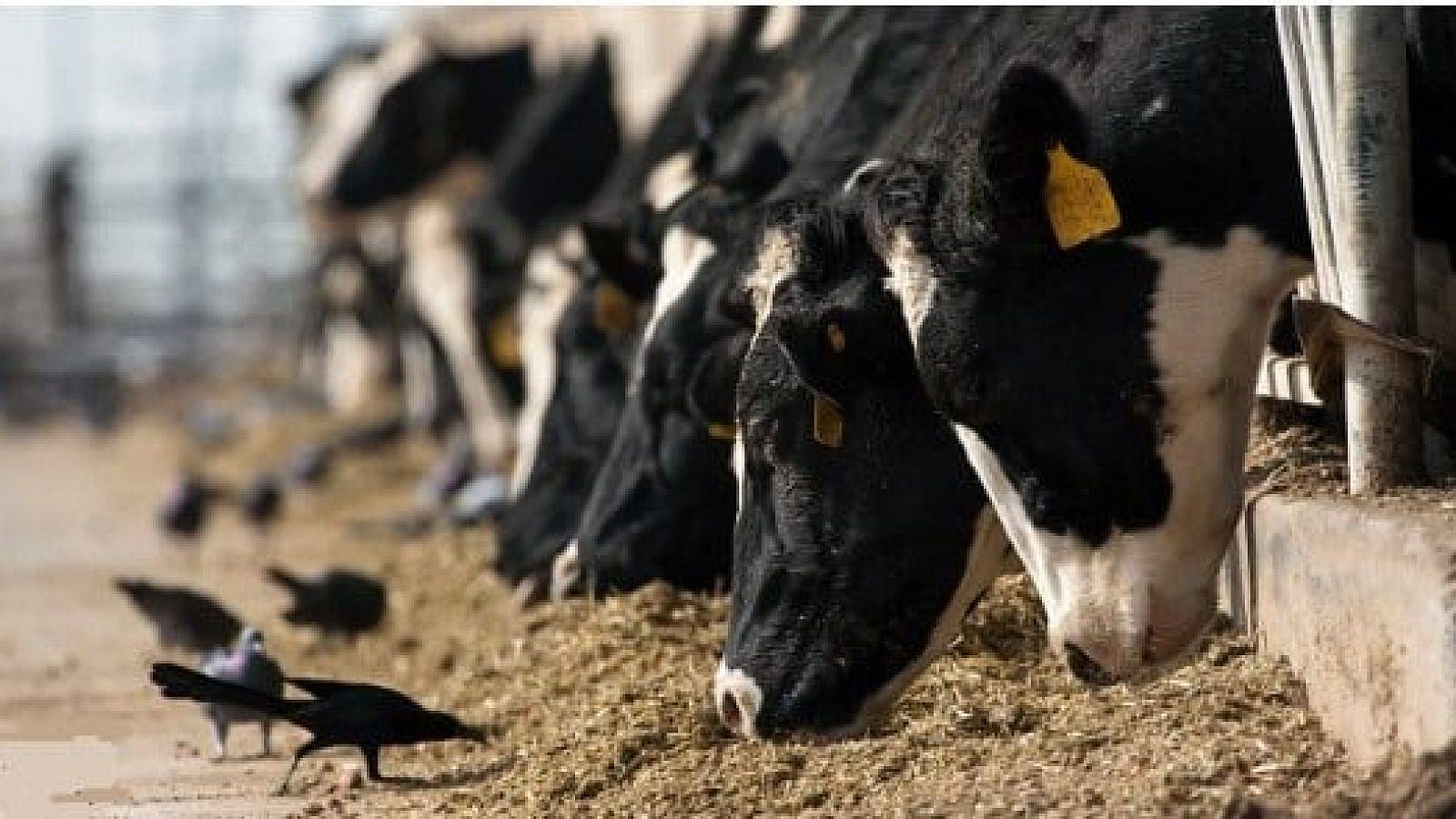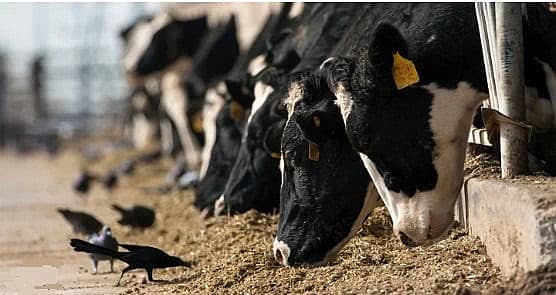WASHINGTON, D.C. – Another round of taxpayer funding for farmers affected by the Trump administration’s ongoing trade wars has been announced by the US Department of Agriculture.
Called the Market Facilitation Program (MFP), payments will begin the week before Thanksgiving. Producers will be eligible to receive 25% of the total payment expected in addition to the 50% they have already received. In 2018, $8.4 billion in MFP payments was allocated. This year, 2019, farmers are scheduled to receive $16 billion in payments.
But so far, USDA has paid farmers around $6.8 billion in first installments. According to the USDA, the states collecting the highest overall totals as of mid-November 2019 — more than 60% of the total funds — are Iowa, Illinois, Minnesota, Texas, and Kansas.
According to USDA Secretary Sonny Perdue , “This second tranche of 2019 MFP payments, along with already provided disaster assistance, will give farmers, who have had a tough year due to unfair trade retaliation and natural disasters, much needed funds in time for Thanksgiving.”
The Agriculture Department has said that the program is designed to provide a level of support that’s proportionate to a farm’s size and success. Payments are based on production. The more acres they farm and bushels per acre they produce, the more assistance farmers receive.
But the 2018 and 2019 versions used very different formulas for allocating aid, according to reports in the Minneapolis Star-Tribune. The program originally was based on a farm’s production of certain crops. About 83% of the money went to soybean producers because they had suffered the most from China’s retaliatory tariffs.
For 2019, farmers get fixed per-acre payments based on their county, varying from $15 to $150 per acre, based on how much the USDA calculated that each county had been hurt. Counties qualifying for the highest per-acre payments are concentrated in the South, the report noted. And the payment caps were doubled, from $125,000 to $250,000.
Last week, a Senate Ag Committee staff report concluded the MFP unfairly benefits the South at the expense of the North and wealthy producers over smaller farms. And that farmers in the Midwest and Northern Plains have been hurt the most.
Roger Johnson, president of the National Farmers Union, said the report highlights “gross disparities” from region to region. He noted that producers in western and northern soybean country, who typically shipped their crops to the Pacific Northwest for export to China, suddenly took a big price hit because they had nowhere to send their beans. Yet, he said, it shows the money flowed disproportionately to southern farmers.












